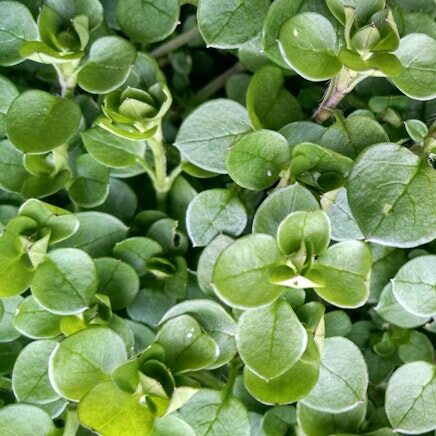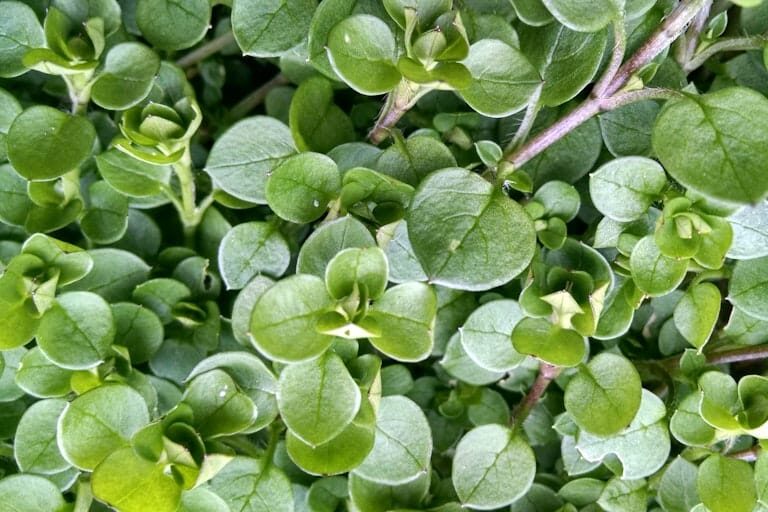Do you want to be able to feed yourself from the wild?
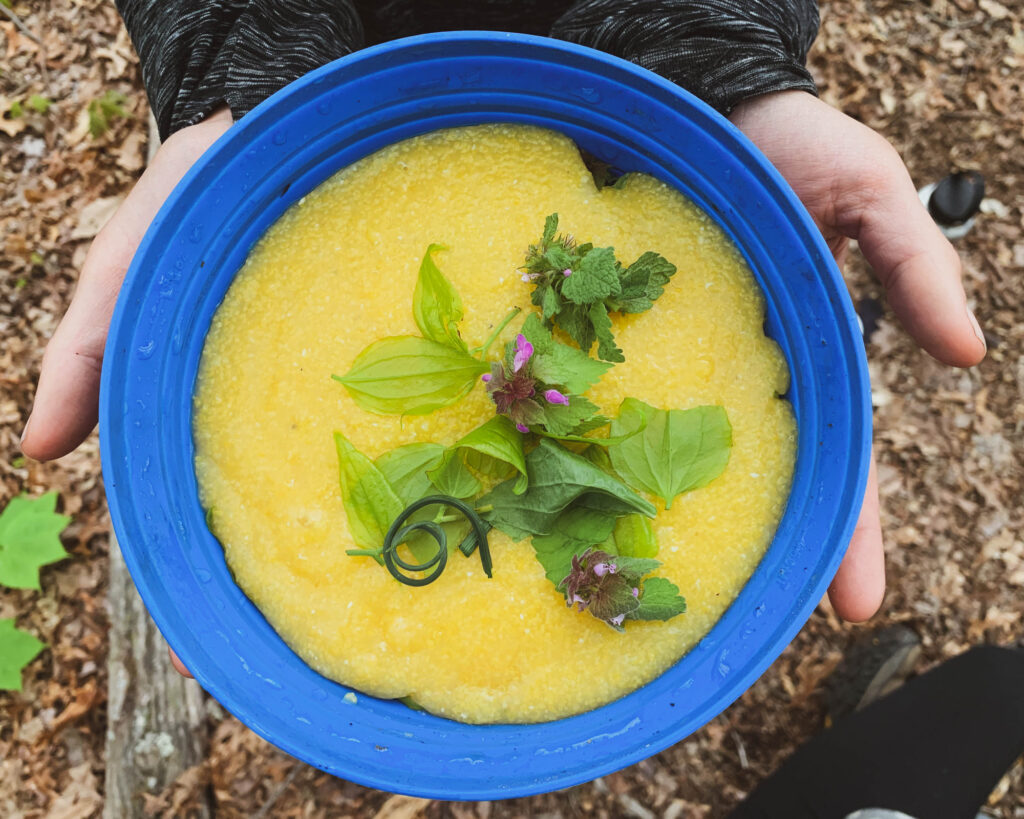
Discover delicacies growing right outside your door.
Your guide through this course is seasoned Wild Abundance instructor Luke Cannon. He’s been foraging wild foods for over two decades! More than a botanist, Luke is a long-time pursuer and teacher of the magic and medicine of plants. Additionally, he’s an avid naturalist. Luke draws from a diverse pool of knowledge, combining his natural history studies with his life experience in organic farming, natural building, permaculture, nature-based mentoring, and rural homesteading.

Wild foods are the original super-foods.
That’s because they’re packed with nutrition and are available all the time, whether you can go to the grocery store or not. In fact, many domesticated crops have been bred for hundreds and thousands of years to have a higher water content and more empty calories. This makes them easier to grow with less inputs, and more suited for storage and shipping. On the other hand, wild foods haven’t undergone this kind of manipulation. As a result, they’re more nutrient dense and full of complex, delicious flavors. Plus, they cost a lot less than the fancy packages of green powders you might find at the health food store, which have similar nutritional values. Agriculture started about 10,000 years ago, and only in certain parts of the world. For the rest of human history, humans ate wild foods. These are the foods our bodies evolved to eat!
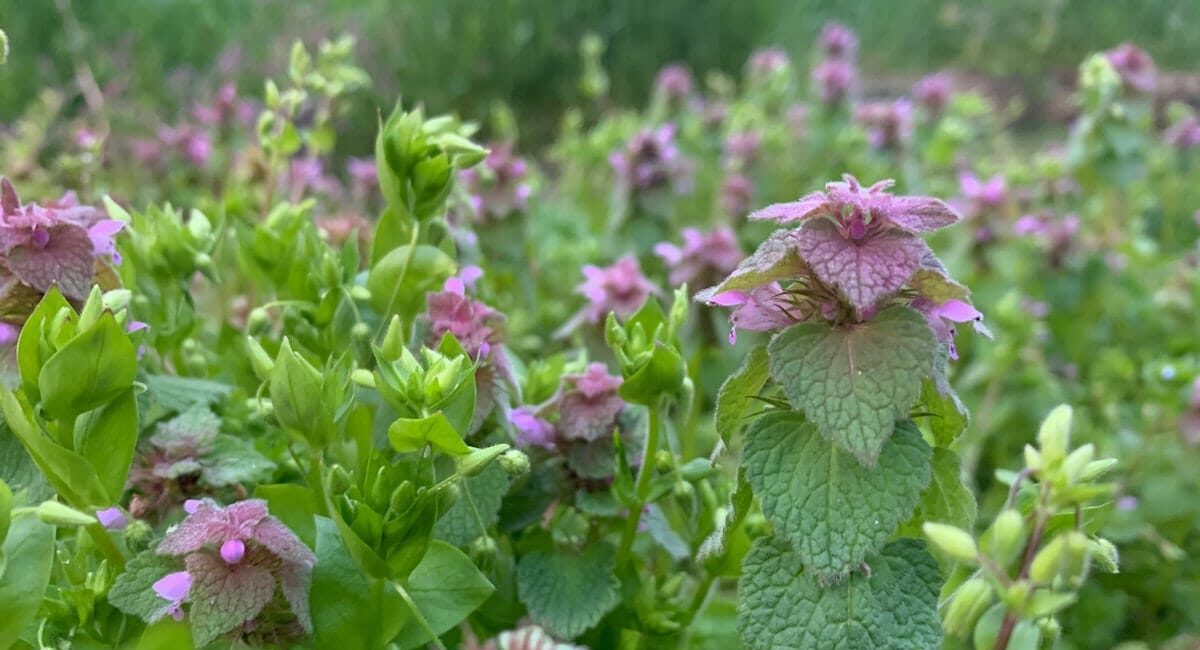
We’ll let you know when classes open for registration, and send you our fun and informative newsletters.
Wild Foraging in the City or Country
Most of these plants are as likely to be found in an empty lot in Detroit as they are in a garden in rural California, a park in North Georgia, or a backyard in Seattle. Indeed, no matter where you live, we’ll cover the basics of harvesting wild foods safely.
Spring Foraging
There are an array of wild foods that are ready and ripe for harvest in every season. The springtime, though, is a very special time. That’s because in the springtime many wild foods are the most abundant, tender, and welcome after winter fare.
Wildcrafting with Ethics
We want wild foods to continue to thrive for generations to come. In order to protect them, it’s extremely important to harvest thoughtfully of the foods that will feed you, other humans, and the rest of the web of life. Please be very conscientious of not over-harvesting, and harvest with the clear intention of helping, rather than hurting native plant populations. Please make sure that plants are abundant before harvesting. We’ll cover more specific guidelines on how to know when to harvest, and how much, during this course.

Many of the wild foods we present in this video course are so abundant that they’re considered invasive.
This online foraging class is near you, no matter where you are.
The continental US includes a lot of diverse bioregions. We find it pretty amazing that we have many of the same common edibles no matter where you go. Most of the ten plants that we cover in this course have followed human migrations from Eurasia and Africa to North America. They are mostly considered weeds, and some are considered invasive.
An invasive species is defined by Wikipedia as “a species that is not native to a specific location, and that has a tendency to spread to a degree believed to cause damage to the environment, human economy or human health.” While demonized by some, others think of these plants as great allies. It’s possible to harvest these “invasive” plants without concern for damaging native plant populations.

10 of the Most Abundant Spring Wild Foods
In the video and written content of this course, we give you thorough identification tips, history, places to forage, fun facts, and cooking tips for the following fabulous plants:
- Chickweed
- Dandelion
- Common Daylily
- Garlic Mustard
- Japanese Knotweed
- Oxeye Daisy
- Purple Dead Nettle
- Stinging Nettles
- Sochan
- Wild Onion
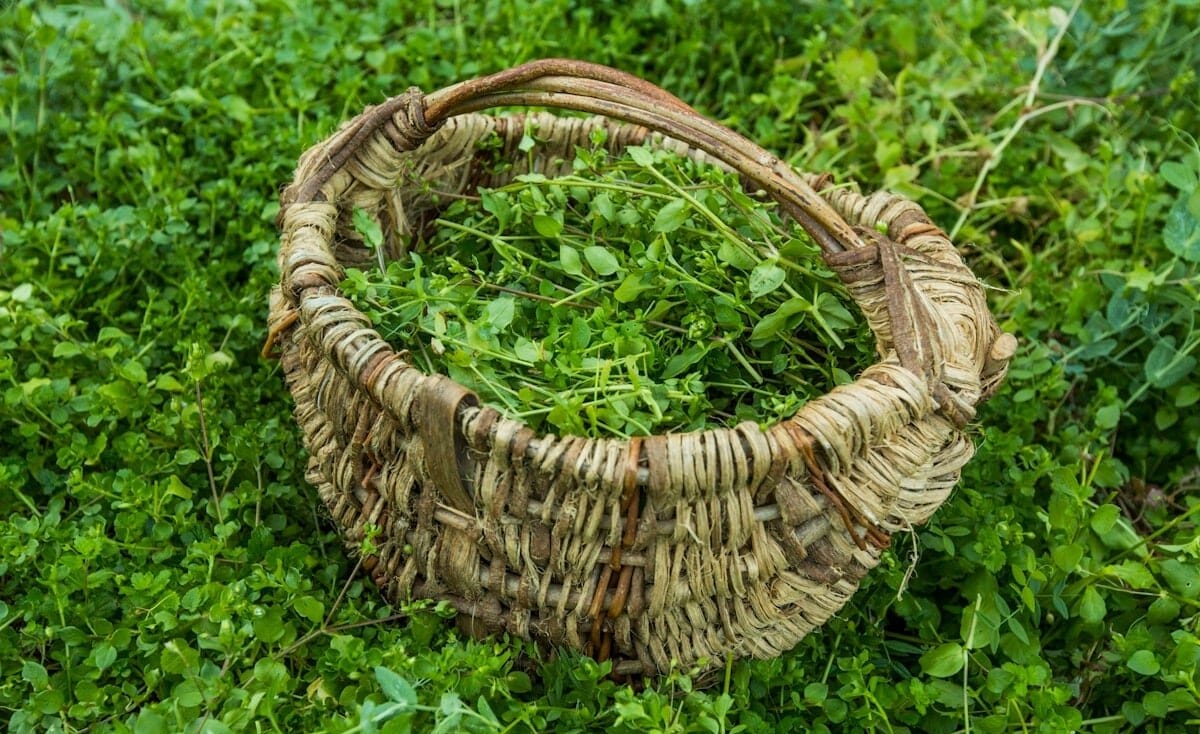
This online course includes the following:
- 90 minute video class
- 40 page E-book crafted for this class with information on nutrition, ethnobotany, cautions, harvest tips, and cooking tips of these very special and very available plants
- A mini recipe E-book from the kitchens of Wild Abundance’s Natalie Bogwalker and Chloe Lieberman
- Transcript of video

Enjoy the flavors of the wild.
Whether you are foraging in your backyard, on the roadside, or at a woodland edge, you’re likely to find these ten wild foods throughout the continental United States, as well as other places around the world with similar climates and influences. Not only will you boost your physical health with these nutrition-packed plants, but you’ll get the opportunity to be present in nature while foraging, which has been shown to have numerous positive benefits for mental health. And if you’ve got kids — bring them along! With adult supervision, teaching kids to forage for their own food can be very empowering.
No matter if you’re on the East Coast or West, single or with kids, a first-time forager or a wild foods enthusiast, you’ll come away from the course with the practical knowledge and inspiration you need to harvest your own wild foods this spring!
